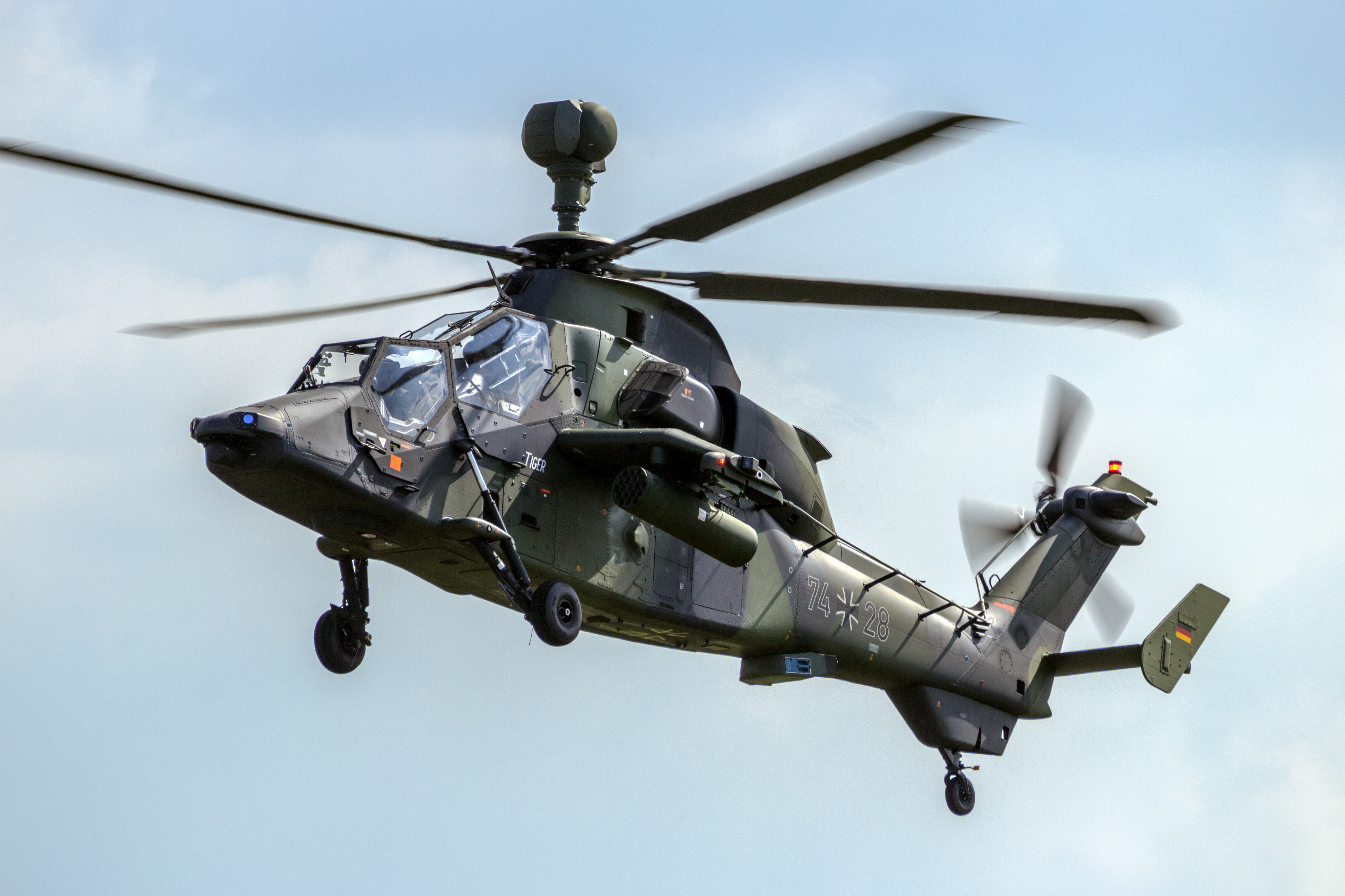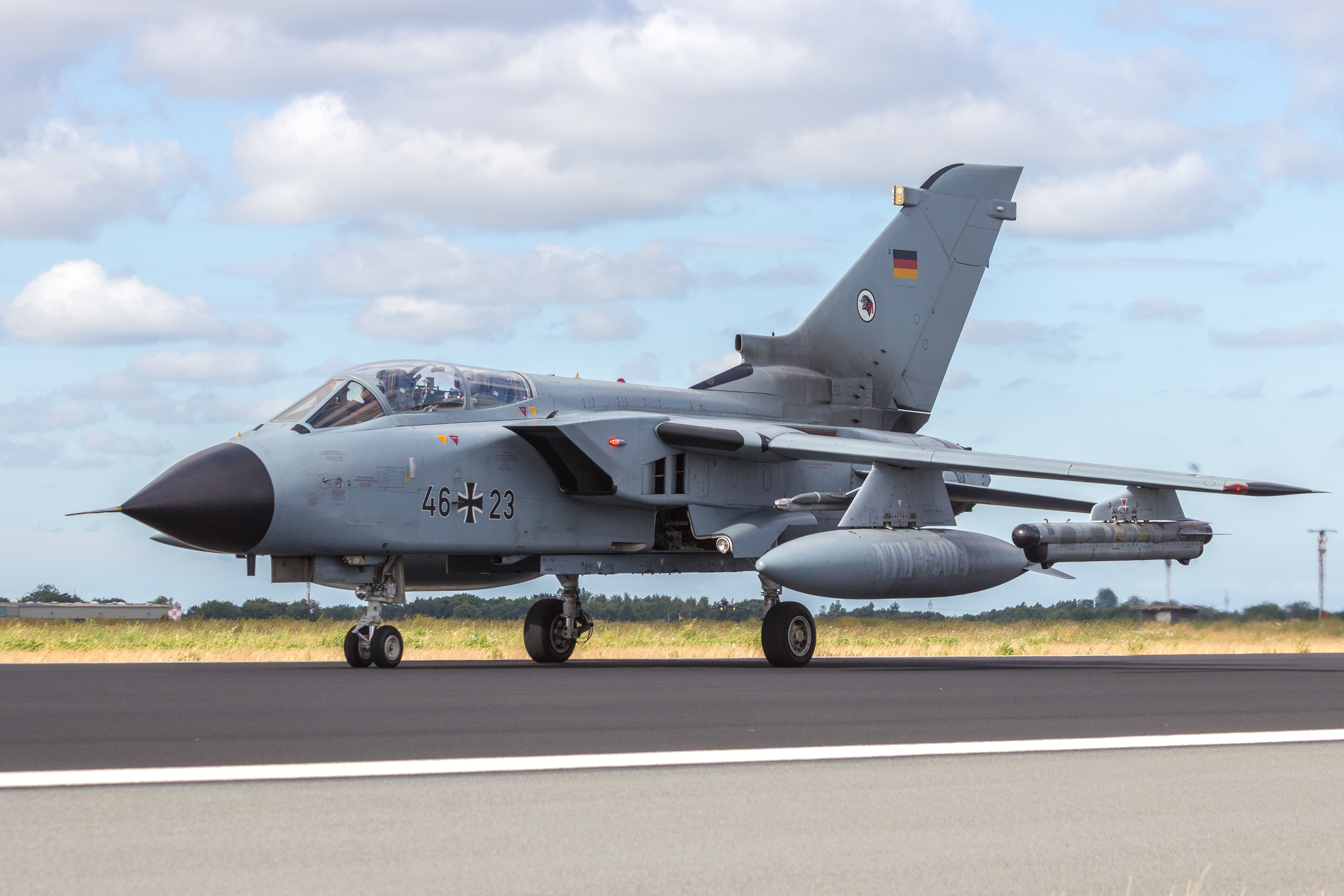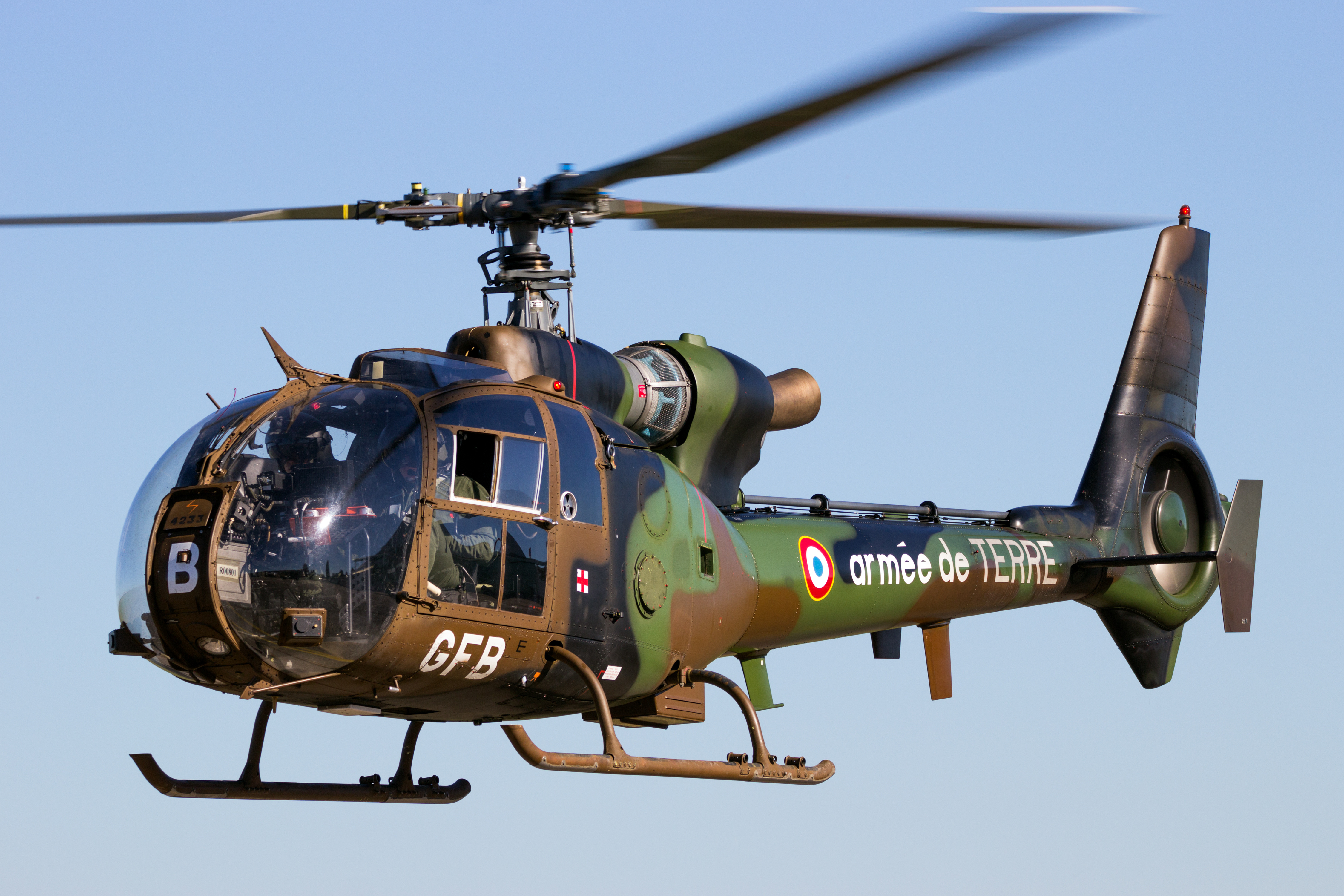
You may be wondering if it’s acceptable for a civilian to fly and own a helicopter that’s supposed to be used for the military. Well, you’ve come to the right place! We will help you understand whether or not civilians can own military helicopters.
Civilians can own a military helicopter that is old and used. However, it’s illegal to buy and own militarized aircraft, which are aircrafts that are equipped with weapons. This could mean weapons found inside or outside the aircraft.
Now that we know the basic knowledge of owning a military helicopter, let’s dive right into the detailed do’s and don’ts that come with owning military aircraft.
Owning A Military Helicopter
It is very possible to own a military helicopter. There are just some things you may need to keep in mind when becoming a helicopter owner.
Military helicopters are frequently listed on the pages of different sites that sell aircrafts. These sites include Controller, Trade-A-Plane, Barnstormers, etc.
You will need to avoid buying or owning a helicopter that is militarized inside or outside the aircraft. You must also avoid aircrafts that contain military mission systems like fire control radars, designators, electronic warfare suits, or advanced engines.
The sale of the weapon systems mentioned above require congressional approval.
Owning A Military Jet
Just like military helicopters, the jet must be demilitarized, which includes taking out all of the guns, radar equipment, and any other secret tech that was previously used by the military. Any of this equipment would be considered dangerous in the hands of a civilian.
The majority of military jets cost around $50,000- $200,000. If you are wanting to own a military jet, know how much of an investment it will be when you buy it, and the costs to maintain the structure and function of the jet.

When flying, military jets certainly have their challenges. The average speed that these jets can fly is 450 mph. If the passenger or pilot isn’t accustomed to flying at those kinds of speeds, there can be some unfortunate effects on your body.
When flying these planes, it would be hard to resist making the most of its aerobic capabilities, but there are some things that you should know before attempting any tight turns. There is increased gravity on your body when you do tight turns and when a plan reaches 4gs or above, your body may start to experience G-LOC, and you may begin to pass out.
Make sure to know the risks and safety that come with flying aircraft that can potentially reach speeds up to 450 mph.
Helicopter And Jet Safety
Flying a helicopter or plane privately can be dangerous. More dangerous than flying with a commercial airline. Now that you know you could potentially own a military aircraft, it’s vital to know the measures you should take to ensure your safety when flying aircraft like this. Source
| Mode of Transportation | Death Index |
| Commercial Airlines | 1 |
| Scheduled charter flights | 34 |
| Mass transit | 50 |
| Non-scheduled charter flights | 59 |
| Non-scheduled helicopter flights | 63 |
| Private plane | 272 |
| Driving a car | 454 |
Helicopter Safety
Helicopter crashes are very rare and slowly decreasing when compared to car accidents.
- The most important thing to remember when flying a helicopter is remembering that you are in charge of the vehicle and your own safety. It is your responsibility to follow the rules and regulations that come with flying a helicopter. Follow the I’M SAFE checklist. The checklist includes illness, medication, stress, alcohol, fatigue, and emotions.
- It’s extremely important to remember to do a pre-flight inspection of your aircraft before every flight. It’s easy to take shortcuts or want to skip this procedure but it is necessary to ensure your safety while flying. Your aircraft should have an inspection checklist. Use it!

- Next, you must understand how to respond to emergencies that occur in your helicopter. Recognize the changes in your environment, analyze the effects that the changing environment may have on your helicopter, and then make an educated decision on what is best for your safety and your aircraft.
- Lastly, share your experiences with others. Help others learn from your lessons and mistakes you’ve made from flying a helicopter. Learn from the mistakes of others. Make your mistakes a lesson learned. Practice makes perfect.
Jet Safety
- One of the first things you must do to ensure your safety is to make sure that you are certified to be a private pilot and you know all of the steps you need to take to stay safe on a private flight.
- Try to avoid operating your jet in harsh weather conditions. Harsh weather conditions can lead to difficulties in perceiving distance and ground clearance which can create stress on the aircraft.
- Inspect your aircraft before flying it. Make sure that it is in perfect condition and perfectly safe to fly. Don’t take shortcuts when inspecting your aircraft. Be thorough.
Becoming A Private Pilot
- Eligibility- Before looking to become a private pilot, you must make sure you are eligible. You must be at least 17 years old, be able to read, speak and understand English, and complete the flight training requirements, as well as the knowledge exam.
- Student Pilot Certificate- Next, you need to obtain a student pilot certificate. You can obtain a student pilot certificate at the medical examiner’s office.
- Aviation Medical Exam- You can obtain the student pilot certificate and pass the aviation medical exam at the same time. You will need to simply go into the aviation medical examiner’s office and pass the third-class aviation medical exam.
- Find an Instructor- Next you will need to find an instructor. If you do not already have a flight instructor, you can most likely find one by checking and searching for one at your local airport. Some airports have a flight school or Fixed Base Operation.
- FAA Written Exam- Most flight schools require that you pass the FAA written exam before you attempt flying an airplane. The test must be completed so that you can take the final private pilot check ride, which is for your certificate.
- Start Flying- You will need to practice flying to gain the required experience needed to obtain a license. You must start learning basic procedures such as take-off, landing, turns, and climbs. You will also need to understand emergency procedures like communicating on the radios.
- FAA Practical Exam- After you have practiced flying for hours and you feel you have mastered the art of flying safety in a private aircraft, then you are ready to take the FAA practical exam. This consists of a verbal exam and a flight exam.
- Obtain your license- If you completed you FAA practical exam successfully, you are ready to get your license. An examiner will assist you in filling out the FAA paperwork online.